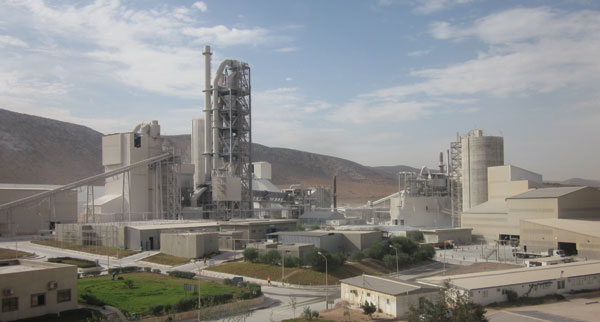Infrastructure Investment Boosts Bangladeshi Cement Market
Like many other countries in the East Asia, Bangladeshi is investing much in the development of national infrastructure and real estate due to the population growth and urbanization. Against such backdrop, the cement consumption in the country is expected to increase 9% each year on average till 2021 according to CW Research’s 2017 Bangladesh Cement Market Report.
Headquartered in USA, CW Research is a leading advisory, research and business intelligence boutique with a global presence and multiple orientations. The Bangladesh Cement Market Report, part of CW Research’s Cement Industry Country Report series, aims at meeting the country-level cement market research needs of small and large businesses, analysts and governments.
It says that the Bangladeshi government is actively seeking to improve national construction through a combination of building new roads and upgrading existing infrastructure. Overall, public infrastructure projects account for 35% of the country’s total cement consumption. On the private side, the individual, small-scale construction market makes for 40% of the total. The remaining 25% is covered by real estate developers.

According to the report from CW Research, clinker imports of Bangladeshi are mostly sourced from China, Thailand, Vietnam and Malaysia. As a result, the cement market’s prospect remains promising. Currently, the Bangladeshi cement industry is highly fragmented and counts on about 40 players of various industrial sizes and professionalism. The quality limestone reserves are in great shortage in the country since there is only one integrated cement plant operating in the country, Lafarge Surma. Even so, this plant is actually importing limestone from India via a conveyor belt across the border.
All other cement producers operate grinding plants using imported clinker. These grinding stations range widely from small mini-mills to enterprise-level grinding plants with the yearly capacities between 0.1 million ton to 5.2 million ton.
There is risk for such a large cement consumer country to be almost totally dependent on clinker imports for cement production; hence the Bangladeshi cement market future remains positive.
As for numerous Chinese manufacturers of cement production equipment, such as crushing machine, grinding machine and belt conveyor system, it is necessary to constantly innovate own products so as to stand out in the competitive cement market of Bangladeshi.
More
- Aggregates Production Line Technician in Cement Plant
- Dingli Introduces Its Main Services for Ore Crushing Plant
- Development Trend of Mining Industry in China
- Meaning & Precaution in Promoting EPC Project
- Transformation of Coal Crusher Benefits Its Competition
下一篇:无










